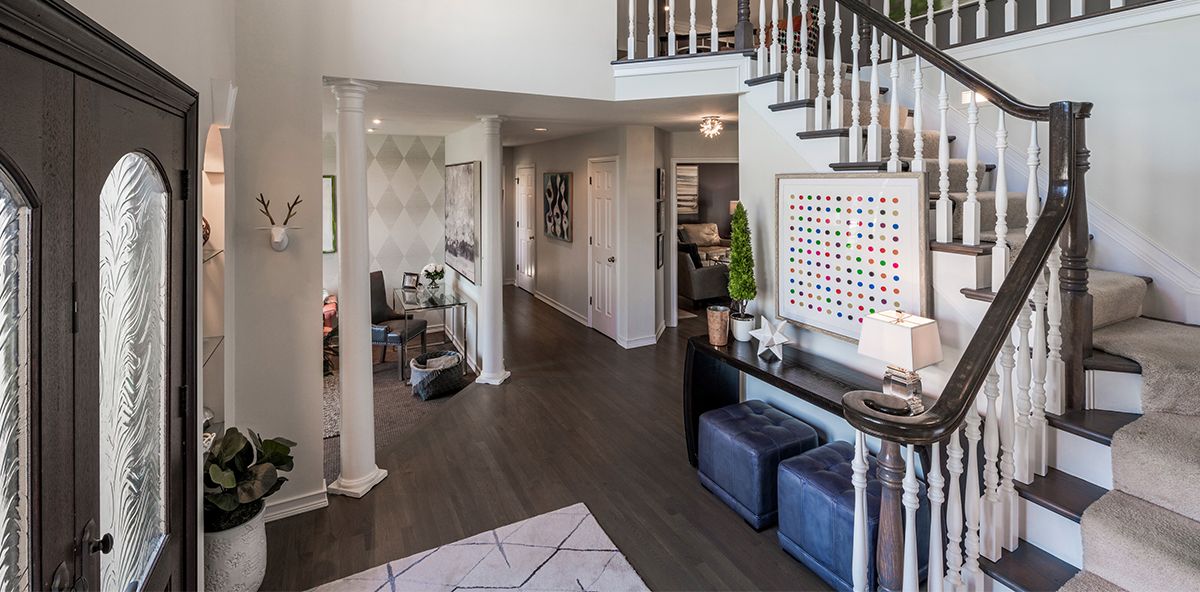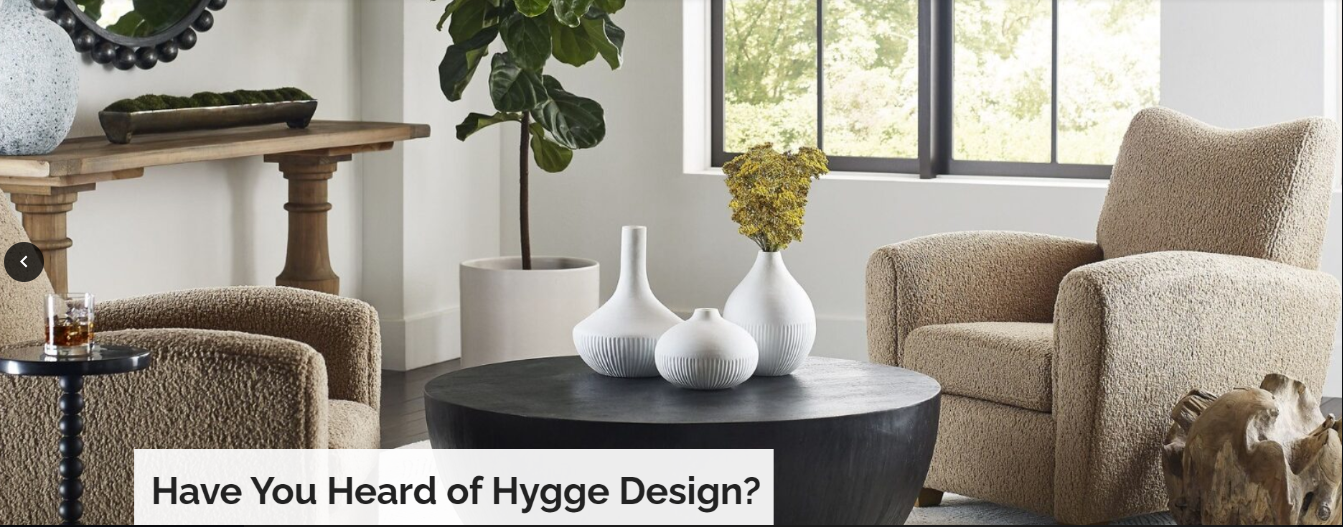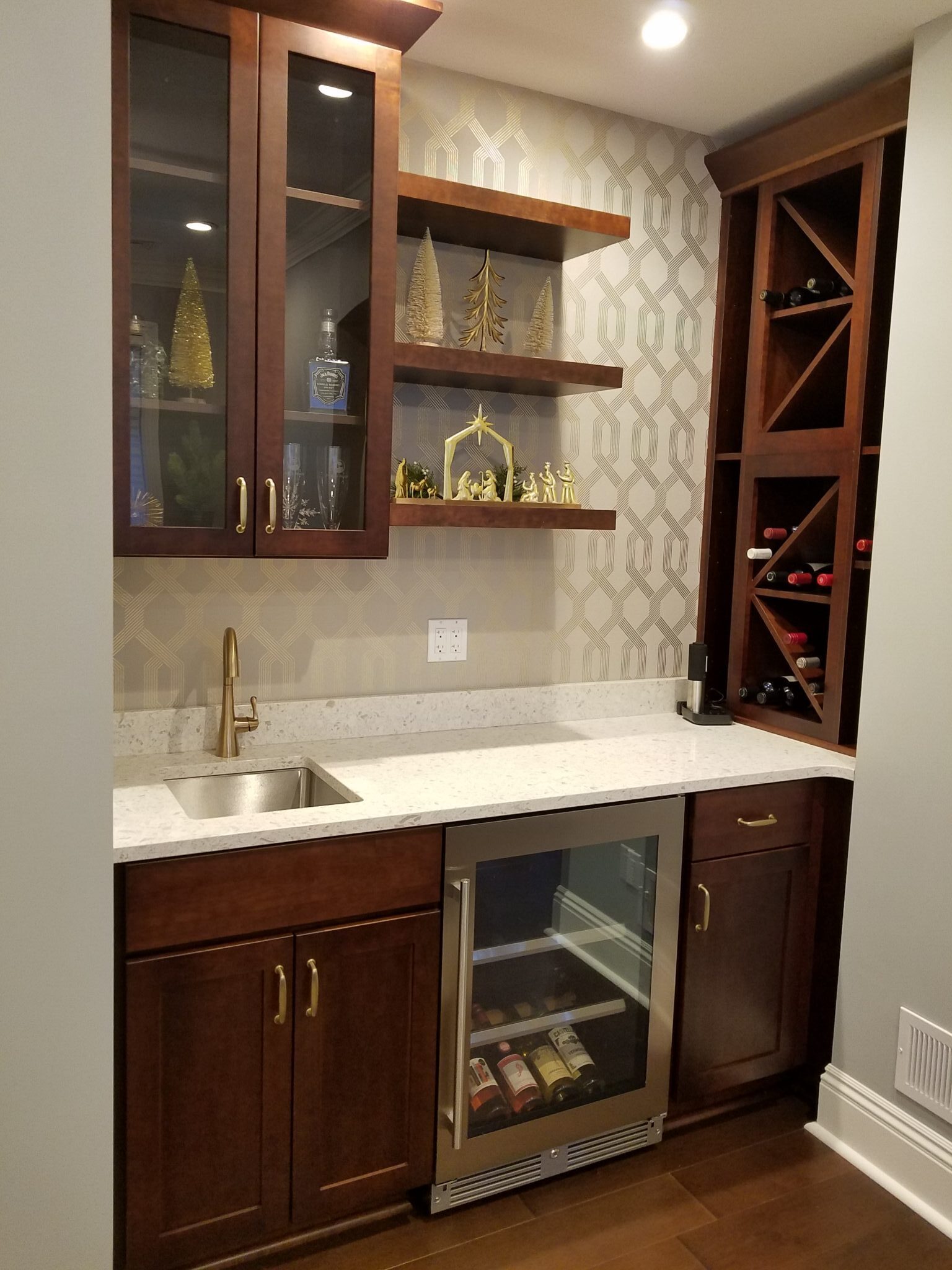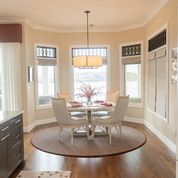
According to the AARP, 87% of adults over the age of 65 want to stay in their current home and community as they age. However, having been homebound for so long, many homeowners, of all ages, are re-evaluating features of their home and considering changes. One of the most important considerations is deciding how long one desires to stay in the home.
Another consideration is the stages of life the home must accommodate. Will there be strollers rolling? Remote cars roaming? Craftwork or homework, or even schooling being done? Working from home? Multi-generations involved? Is aging-in-place a goal?
The term “Forever House” has become popular in recent years. An Internet search on that term will produce a host of results, including the term being discussed on some real estate agencies’ websites.
Having a Forever House can make sense in many ways at many of life’s stages: Young parents. Hosting grandparents with walkers. Entertaining grandchildren. Being prepared for a medical emergency so your home is a sanctuary, not your enemy.
Design tips for a Forever House.
Let’s start with doors. A front door that is 42-inches wide can accommodate a power wheelchair and sure make it easier to roll in that stroller. For inside doors, 36-inches is minimum for width. Sliding or pocket doors can be an advantage through all stages. Use lever handles instead of doorknobs.
Smooth floors are better. Try wood or tile with few changes in texture or interruptions. Avoid carpet that will be too thick for rolling on. Also use area rugs wisely. Think about all stages of life when planning traffic patterns.
Create at least one accessible bathroom with a wide-enough entry and roll-in or walk-in shower. If you use 3/4-inch thick plywood behind sheetrock or tile walls will enable you to place grab bars anywhere, 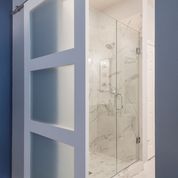 not just on studs. for more people if they are 22-inches off the floor rather than the normal 12-inches. Lower windows or grand ones can make those outdoor views and light more accessible through a variety of life’s stages.
not just on studs. for more people if they are 22-inches off the floor rather than the normal 12-inches. Lower windows or grand ones can make those outdoor views and light more accessible through a variety of life’s stages.
Don’t forget the motion advantage. Motorized shades are not only convenient and easy to use, they eliminate cords that can be a hazard for toddlers. Motion chairs are not your grandfather’s huge recliner anymore. They come in all sizes with added features like cup holders, more position options and lifts to help one stand up.
Accessible bathroom with wider doors and roll-in walk-in shower is a must for a Forever House.
If you have an open plan
While open-plan interiors have long been popular, they are losing some of the luster. A recent Wall Street Journal headline proclaimed “Why Open Plan Homes Are Actually a Terrible Idea.”
“With Covid-19 driving work and school (and almost every other activity) into the domestic sphere, families rub shoulders 24/7. As a result, the demand for private ancillary spaces seems to have kicked into high speed,” the article stated. “Now fusty old things like doors seem a luxury.”
One answer, is the use of stand-alone room dividers like screens or double-sided bookcases to create a bit of privacy.
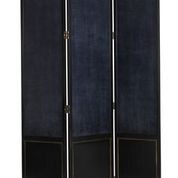
Overall, the goal is to make your home adaptable to lifestyle changes. Doing ample research or working with a knowledgeable design professional can help you have more confidence in any changes you make, and make them more lasting, more functional, and more enjoyable
A screen made of solid material can be a room divider to create a space that is bit more private.

